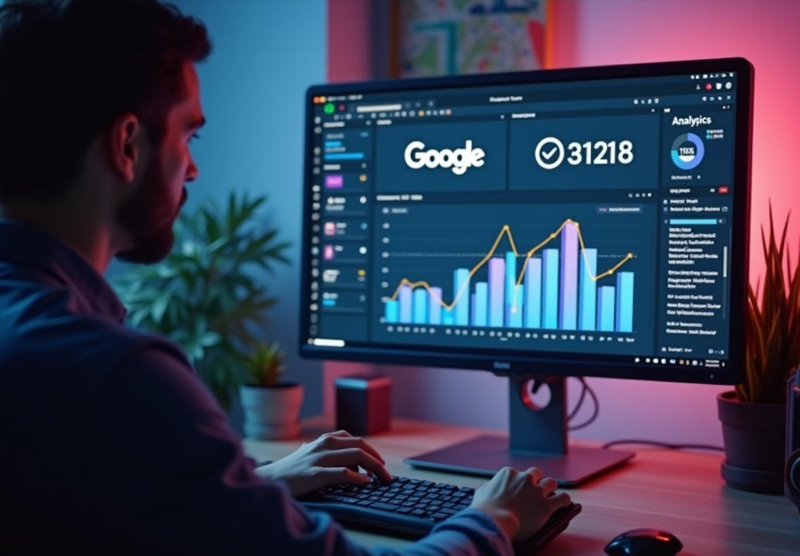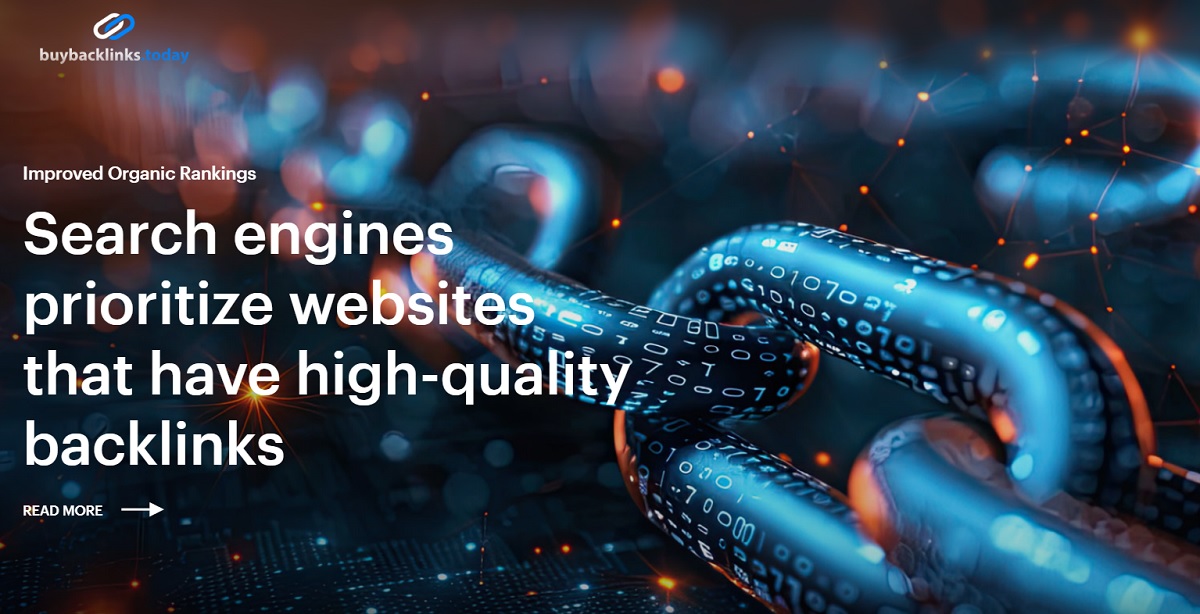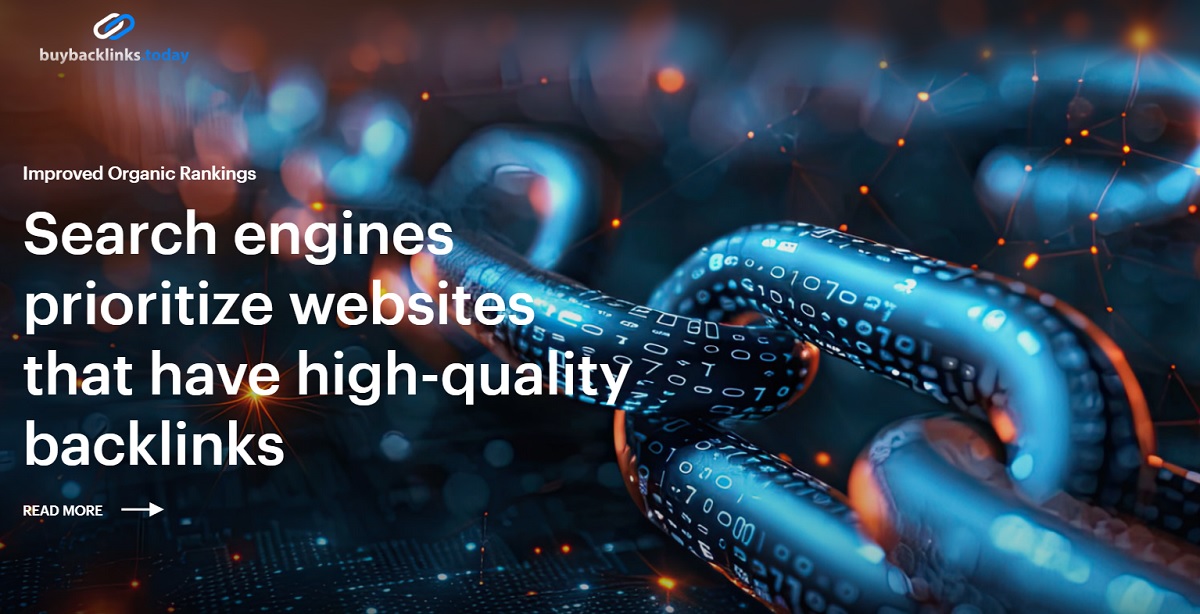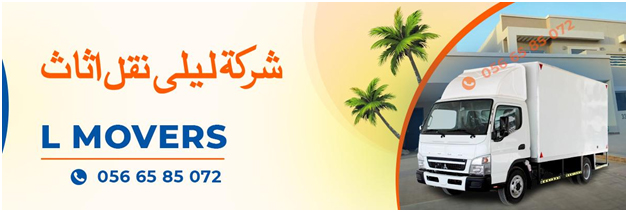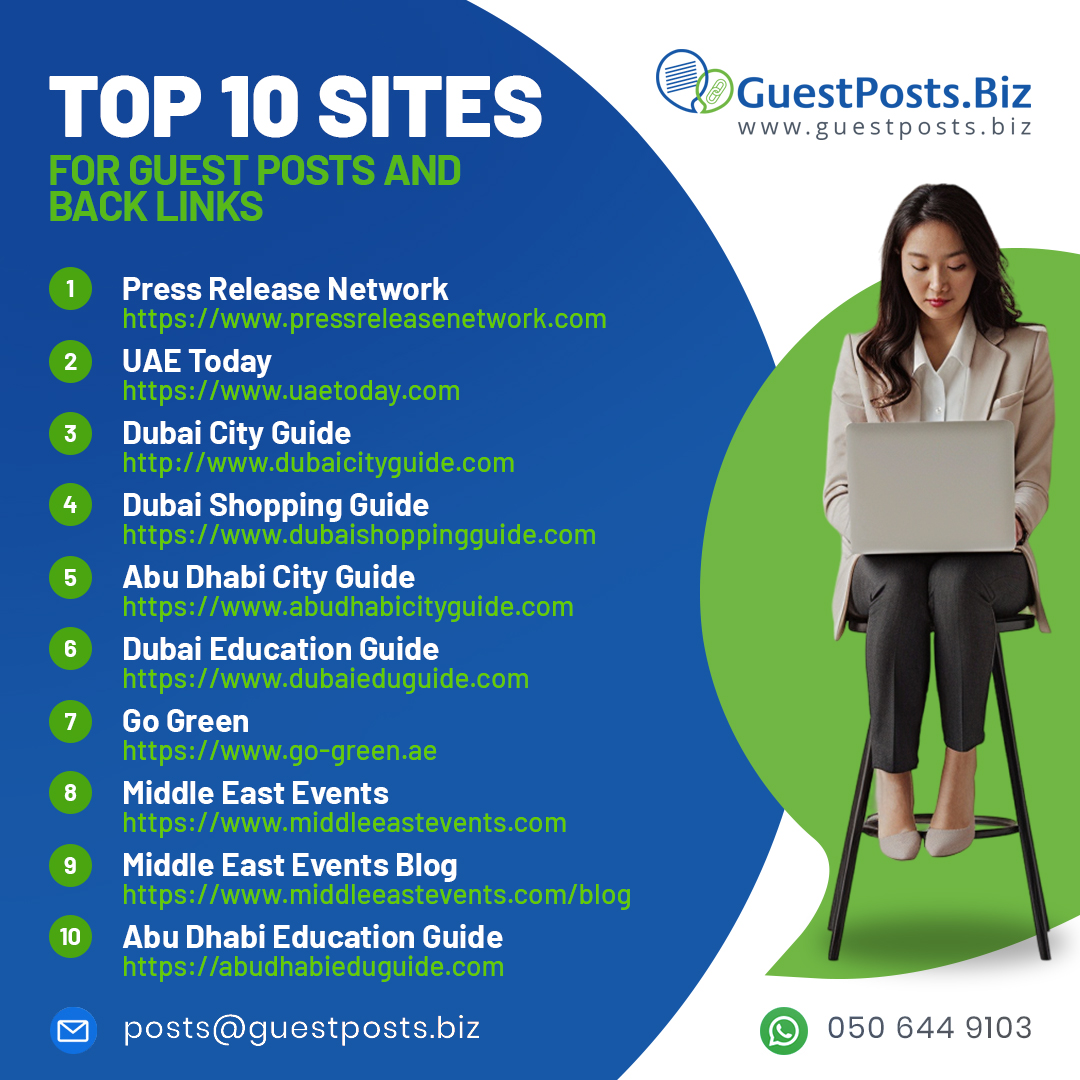Chrome Extensions for SEO
Chrome Web Store is Google’s online store for its Chrome web browser. As of 2024, Chrome Web Store hosts about 138,000 extensions and 33,000 themes.
Enhancing your SEO efforts can be streamlined with the right Chrome extensions.
At Cyber Gear, we use most of these extensions as highly useful tools for achieving high organic rankings.
Ubersuggest
Ubersuggest allows you to get insight into the strategies that are working for others in your market so you can adopt them, improve them, and gain an edge.
Similarweb
With a single click, you will get in-depth traffic and engagement stats, including monthly visits trend, time on the site, pageviews, and bounce rate.
Detailed
No need to pour over the source code of a page. Get key elements presented to you at the click of a button, including a check for X-Robots HTTP headers as well.
BuzzSumo
By far the best tool for content research, link analysis, and social media investigation.
Ahrefs SEO Toolbar
This extension provides an on-page SEO report, redirects tracer, HTTP headers reader, link checker/highlighter, and a search location simulator. Ahrefs users also gain access to page, domain, and keyword metrics for visited URLs and search results.
MozBar
MozBar allows users to check SEO metrics within their browser with a single click. It provides insights such as page authority, domain authority, and link data, facilitating quick SEO analysis while browsing.
Keyword Surfer
This tool displays search volumes, cost-per-click data, and keyword suggestions directly in the Google search results, aiding in efficient keyword research without leaving the SERP.
SEOquake
Offers a comprehensive SEO analysis directly within search results. It provides metrics like keyword difficulty, page optimization scores, and SERP analysis, making it a versatile tool for on-the-go SEO insights.
Redirect Path
This extension identifies HTTP status codes such as 301, 302, 404, and 500, as well as client-side redirects like meta and JavaScript redirects, helping diagnose and fix redirect issues efficiently.
Majestic
The focus is on the backlink profile and referring domains of a “target” page or website, the data can come from many sources.
Keyword Surfer
Allows you to generate keyword ideas and see search volumes directly in Google search results.
SEO Minion
Helps you structure and optimize your Meta titles and Meta description. It also compares them with competitor sites to get the very best results.
Lighthouse
An open-source, automated tool for improving the performance, quality, and checks for SEO and accessibility performance.
These extensions can significantly enhance your SEO workflow by providing quick access to essential data and insights directly within your browser.


